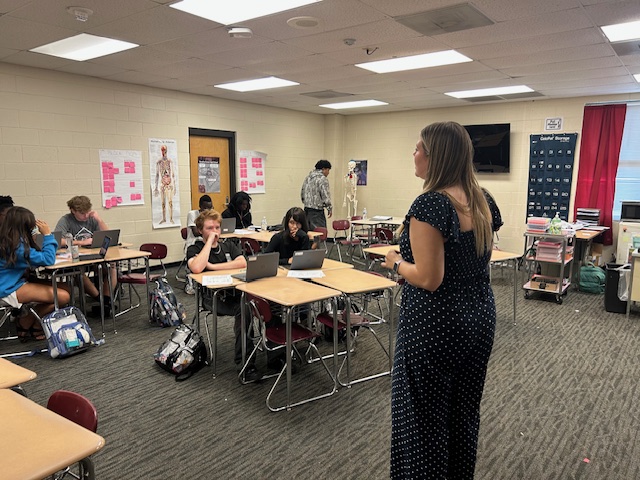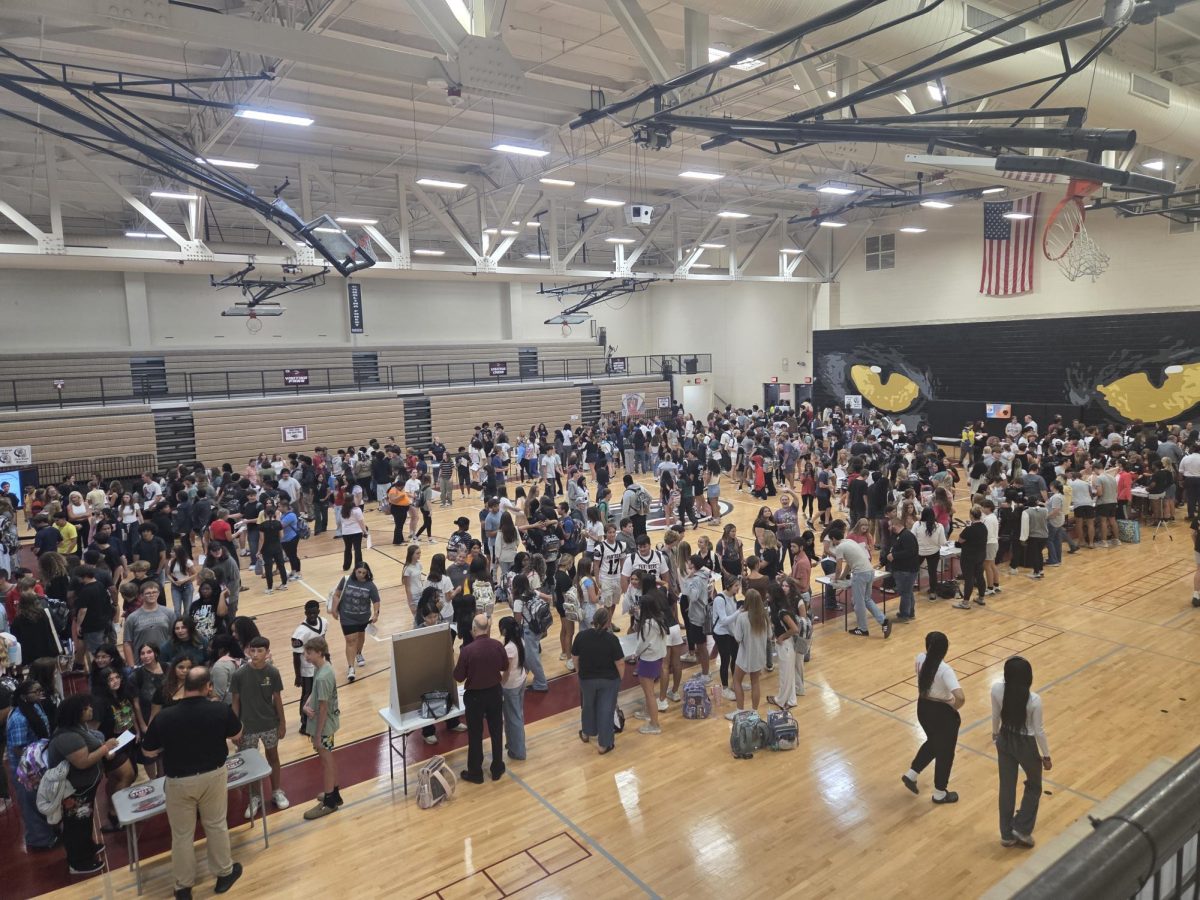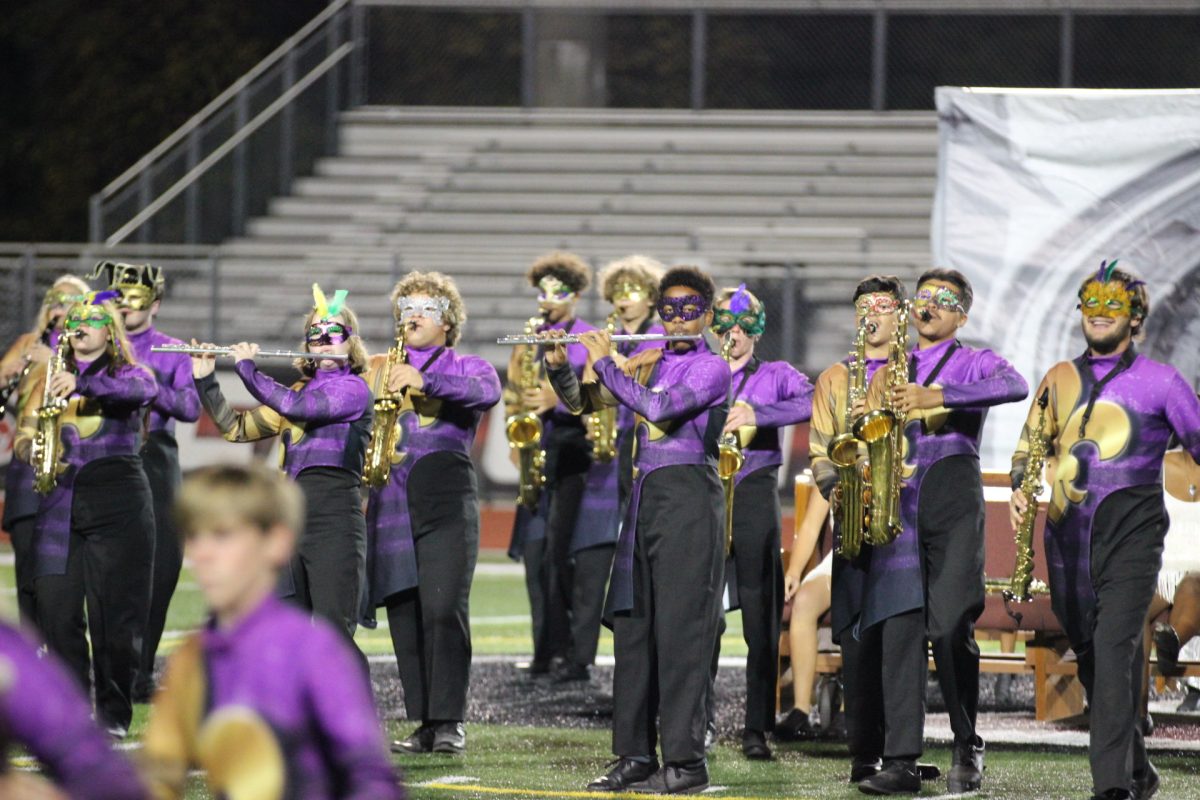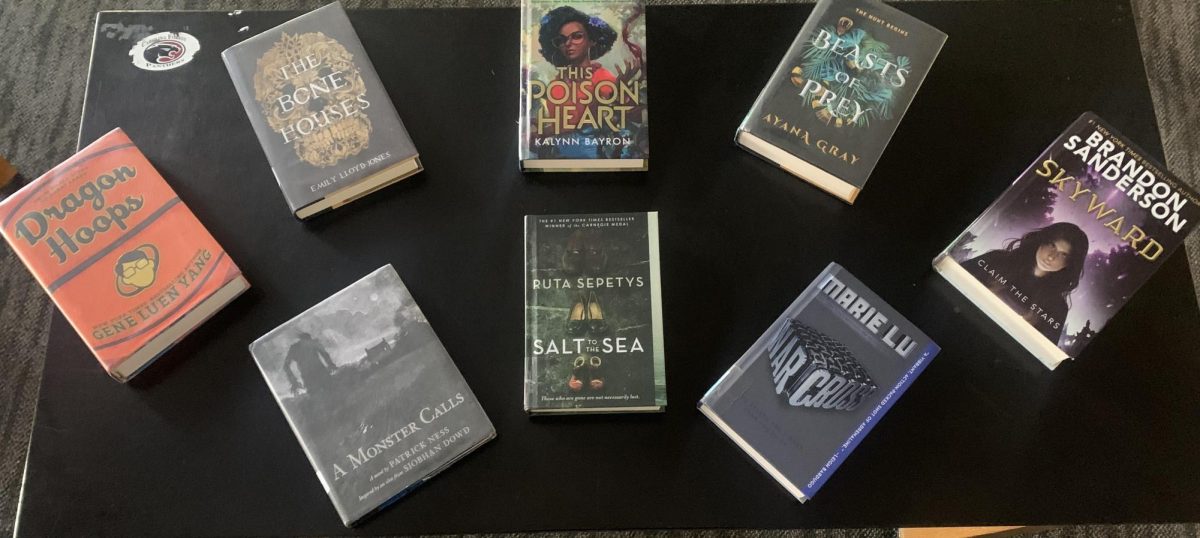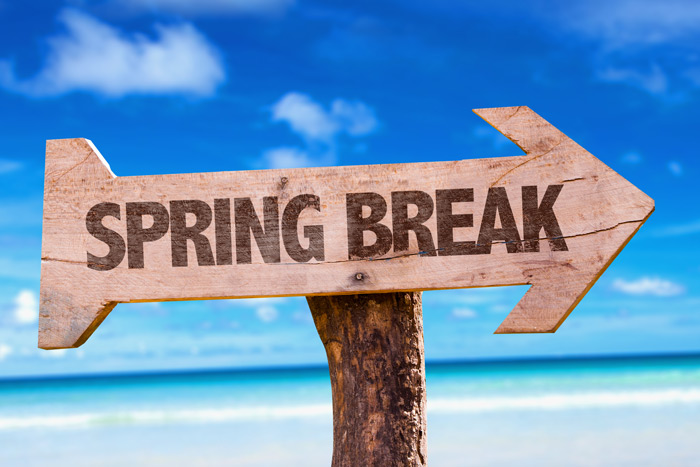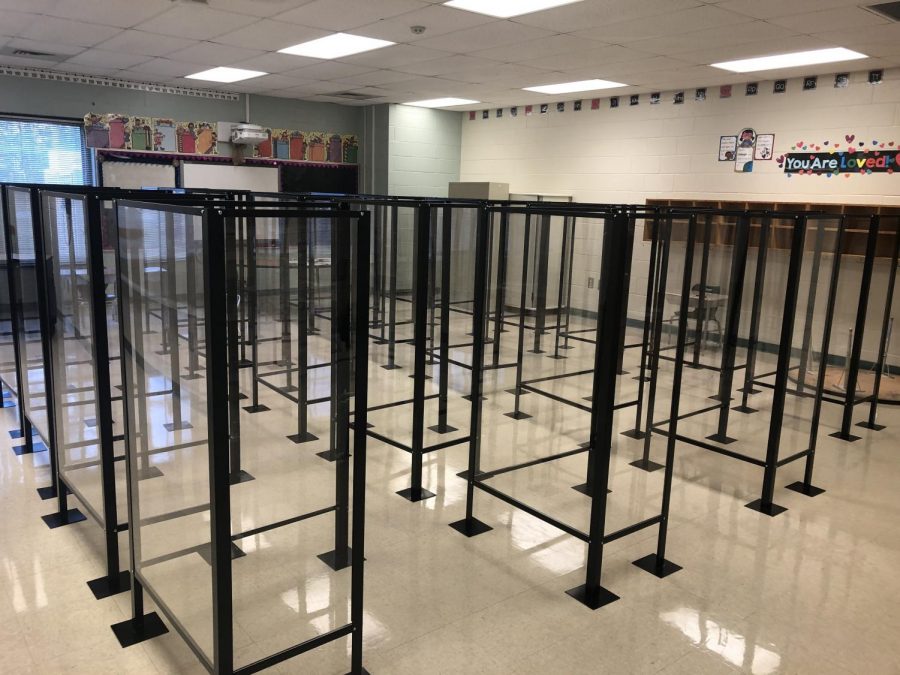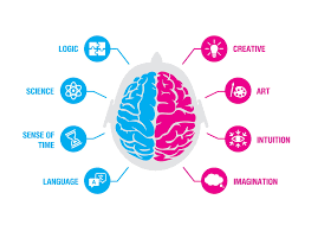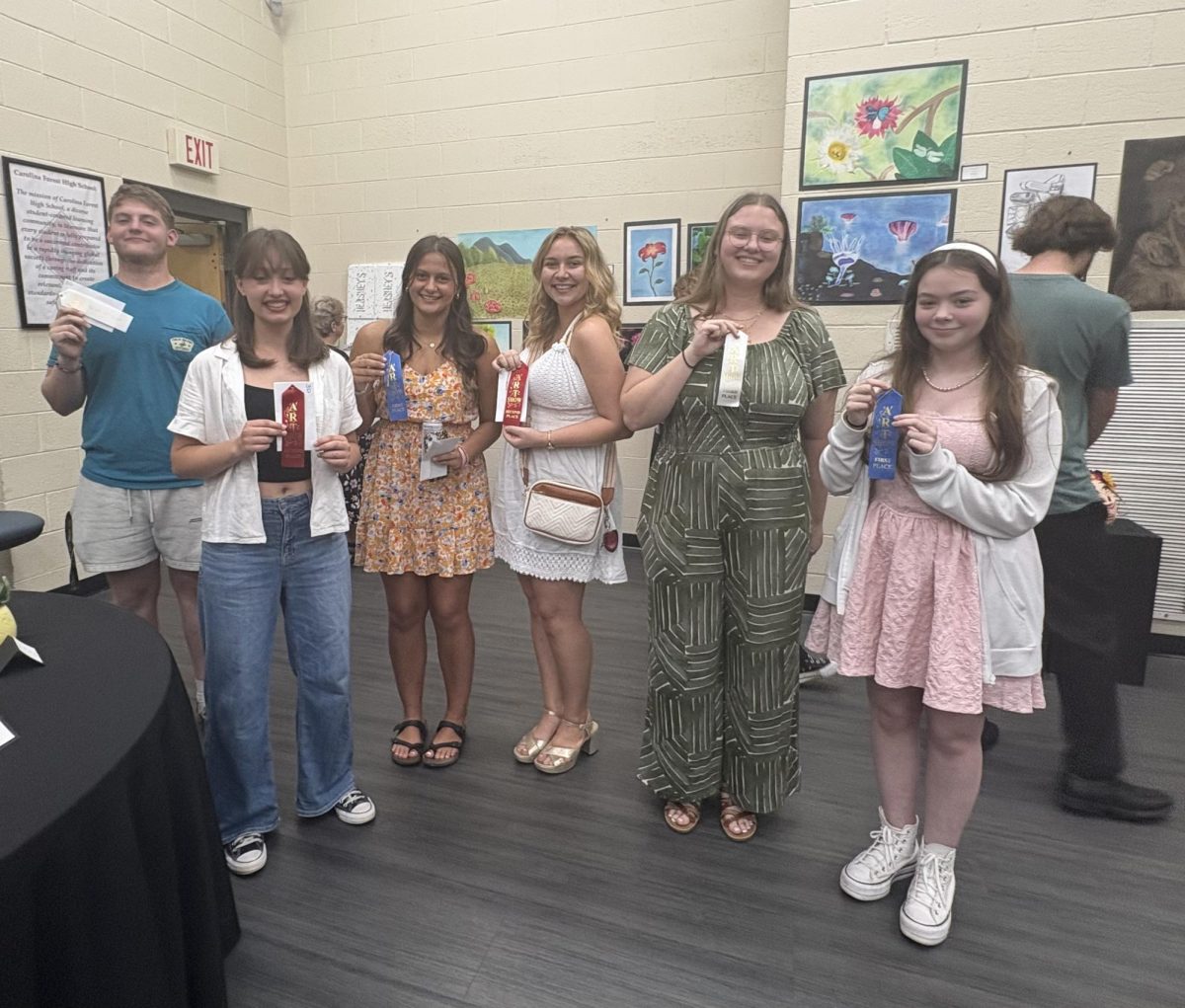Throughout history, there’s been an ongoing struggle to keep the balance of human life and wildlife in harmony. Many species have become endangered over the years, and much has been done to combat the problem. For example, the once near extinct bald eagle is now thriving once again due to policies and efforts aimed toward the revitalization of the bald eagle population.
In 2024, however many species remain endangered and without conscious efforts to protect and preserve their well being, there would be a possibility of many species becoming extinct.
At Carolina Forest High School, we have an AP Environmental Science class taught by Delanie Lewis.
“Every year more and more organisms are being added to the endangered species list. I think the problem is inevitable and will continue as long as humans keep developing natural land to our benefit,” Lewis stated.
Even with so much new infrastructure in Myrtle Beach, many animals have been evicted so that people could build houses and apartments. Everyday you see an animal who has been hit and laying on the side of the road due to them being kicked out of their environment to build.
In total almost 4,000 animals are classified as endangered. Some of the animals that have been announced as endangered are elephants, rhinos, orangutans, amur leopards, gorillas, and sea turtles.
Lewis added, “We learn a lot about human impacts on biodiversity in AP Environmental Science. Mainly, we discuss how things that we see as positives, like education, technology, housing, etc., have negative consequences for other species on Earth.”
The amur leopard, one of the animals that is classified as endangered in 2024, is predicted to be extinct by 2050. Many other animals, such as amphibians, are struggling to stay alive.
“I do think there will be a lot fewer species in 100 years. Amphibians are going away pretty quickly already. Any species that lives in a specific habitat and has a hard time adapting to a new environment is at a higher risk for extinction as the human population grows,” Lewis shared.
Some ways we can help save these endangered animals is by volunteering to restore some of their habitats, stop using items that harm them such as plastic straws harming turtles, and to not purchase or support anything that is made from their fur or skin.
Although there is a lot of controversy on if zoos and aquariums are right for animals. Some people think that they are being held captive and aren’t living the life they deserve, while others believe that the only way some of these endangered animals are not extinct yet is because of the zoos and aquariums keeping them alive.
“I think zoos and aquariums do a great job at educating young people on conservation and the importance of preserving species. Of course, I would rather endangered species be in their natural environment, but sometimes to preserve a species, the only reasonable option is to keep them in captivity,” Lewis commented.
No one really knows if these animals will be saved or if they will be extinct, but what society can do is join together and work hard to try and save these endangered animals.
Although there are many viewpoints on animal endangerment and how these animals should be cared for, everyone agrees that having these animals classified as endangered is shocking and should be saved.


